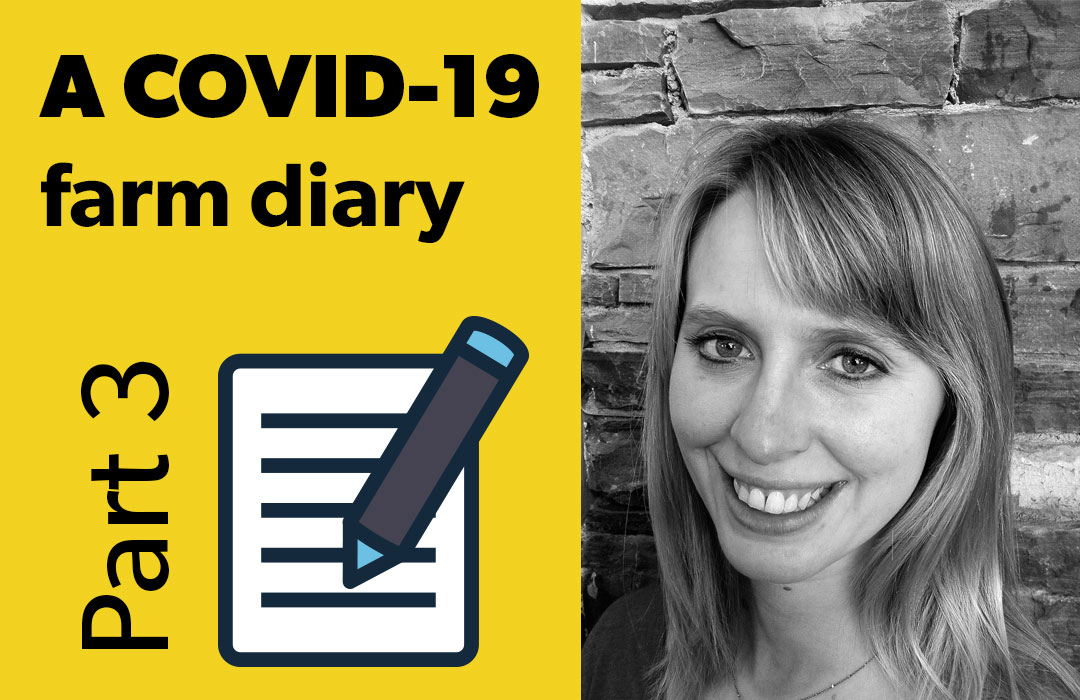THE COMA TEST
BY NEIL TOWNSEND
The job of an agricultural analyst is to have an opinion on every topic and an answer for every question. And most of us prefer fundamentals—supply and demand. However, in 2022, macroeconomics and geopolitics held sway and muted some of the price movements that could have occurred if fundamentals dominated the market. Moreover, the variables needed for any model explaining potential price direction have expanded. To get my bearings at times like these, I resort to the Coma Test.
Imagine being in a six month coma and then, thankfully, awakening as we enter 2023. Could you reliably identify real from fake news? For example: China and Iran roiled by protests (true); End of war in Ukraine brings economic recovery (false); World embarks on global recession (TBD). Point being, 2022 has been a year characterized by elevated uncertainty and heightened volatility. Things have happened that few prepared for or predicted. These include the war in Ukraine, a continuation of COVID and significant economic turbulence. When market variables have elevated uncertainties, it makes predictions more difficult. The first thing to remember is that we do not live in a controlled system.
Externalities abound. These are variables that have been introduced into the system but do not naturally belong there. In agriculture, the list is endless: trade restrictions, government subsidies, consumer preference shaped by anti-science viewpoints and so on. How the elimination of one externality will impact the way in which other externalities affect the system’s outcome—in this case, the price of farm commodities—can’t be predicted.
Our era is dominated by a particular externality: U.S. ethanol policy. However, the ethanol mandate has moved from compelling a significant year-on-year increase to a much slower pace of compelled growth. Some have labelled the years after 2014 the post-ethanol era. However, in early December 2022 a significant market reaction occurred in response to news the U.S. Environmental Protection Agency proposed a slower than expected growth formula for biodiesel—the oilseed-based cousin of ethanol.
2014 was also the year Russia first invaded Ukraine. The full-scale invasion in 2022 and subsequent brutal land war has created even more uncertainty and volatility in agricultural markets. COVID continues to have an impact. Inflation and potential recession are largely related to government policy and logistical issues created by the pandemic. China continues to suffer from COVID and government measures to control its spread. The world increasingly shows signs of regionalism. This threatens market access and creates potential for disputes and the creation of further externalities. Weather continues to show greater variance, which creates greater uncertainty around production outcomes. All of this equates to elevated risk and, potentially, opportunity.
Thus, when an analyst is asked what prices can be expected, the only honest response is, “I don’t know.” The acceptance of the IDK credo frees the analyst to explore all the possible outcomes and assess their probability.
Here is what we do know. Prices are in a historically high range. Uncertainty is elevated, which increases the potential for volatility. There are many variables that can potentially drive prices up or down and additional, unaccounted variables may impact the system. Therefore, a combination of historically elevated prices and high uncertainty suggests risk is greater than opportunity. For most, this elevates the risk of loss and encourages the advancement of sales and the conversion of a higher proportion of inventory into cash.
Neil Townsend is chief market analyst with FarmLink Marketing Solutions.







Comments